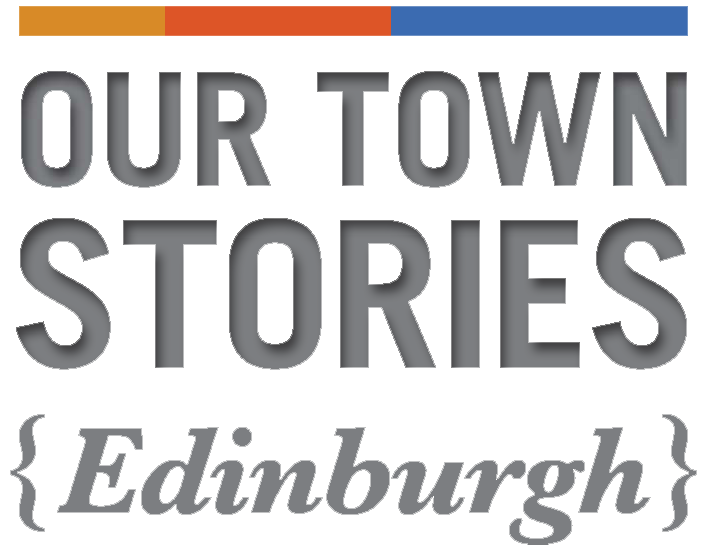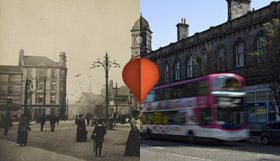A new Capital Collections exhibition gives a detailed insight into the history of the Usher Hall.
From 1896, when Andrew Usher donated £100, 000 to the city for the building of a new music hall, various sites and designs were considered. Sadly, Usher died in 1898 never to see his generosity and vision realised. However, a location on Lothian Road was finally chosen, in spite of it being occupied by Lothian Road School at the time (!) and the iconic design was chosen by competition. Our exhibition includes the original architect’s drawing as well as a page from one of the Usher Hall’s plasterer’s notebook.
The music hall opened its doors for its very first concert on 6th March 1914. Our exhibition contains a selection of programmes and leaflets to give an indication of the range of performances that have taken place at the Usher Hall and also how the design of promotional material has evolved over the years.
Visit Capital Collections and discover the history of Edinburgh’s magnificent concert venue.










